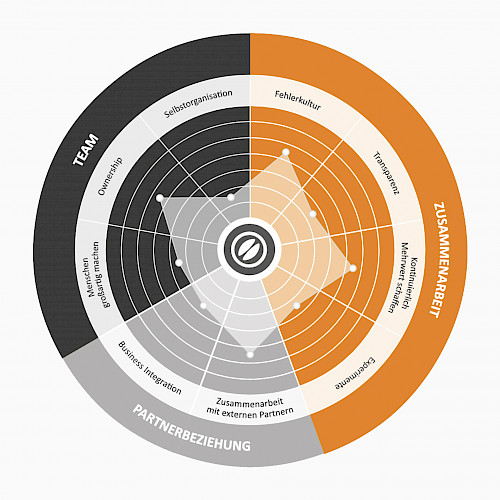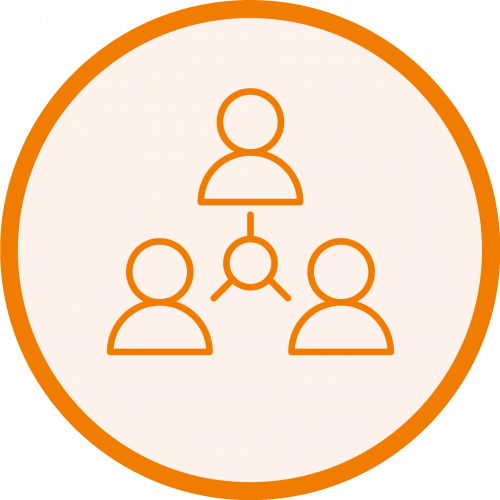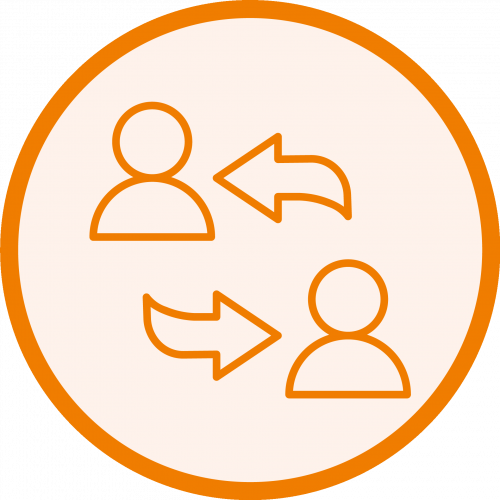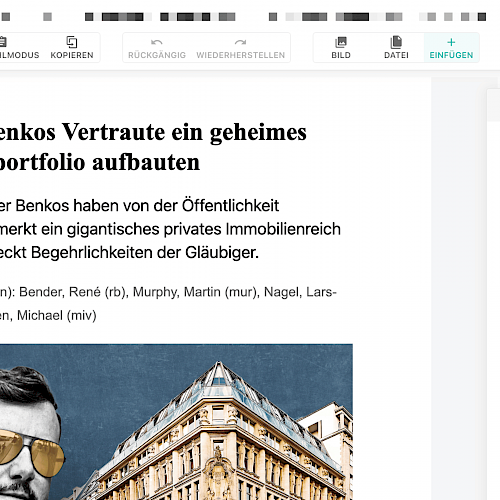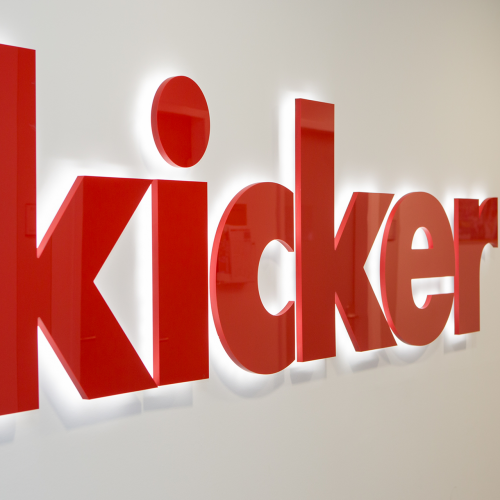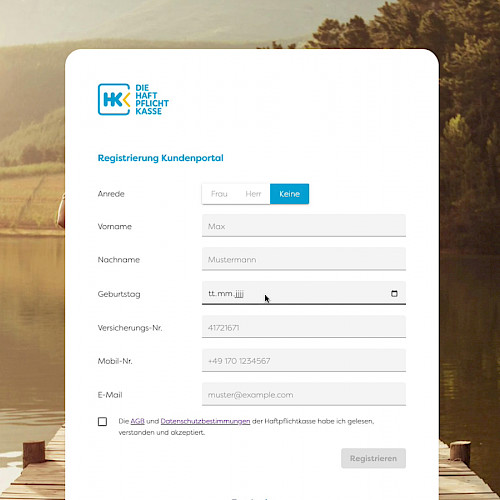Test your level of agility with jambit's quantified agile test!
How agile is your team, company, or department? Our free questionnaire gives you the opportunity to have your agility level evaluated based on various areas. At the end, you will receive a diagram, that highlights your strengths and weaknesses in the context of agility.
Test your level of agility now and find out where you are already doing well and where there is still room for improvement! Just register for free via the form below.
Agile work: Purpose and value creation of agile project management.
Agility test for companies

How agile is your company? Test your level of agility with jambit's quantified agile test!
Welcome to the age of autonomous driving, mobility services, artificial intelligence, fintech, and many other fast-moving, complex, and highly ambivalent topics.
Thanks to advancing digitization, our working world is facing a paradigm shift. A change in thinking and culture seems inevitable: in traditional patterns of action, rooted structures, and established decision-making paths. A change away from pure top-down delegation and work-fulfillment assistants towards more intelligent collaboration. Not as an end in itself, but to generate the earliest possible customer benefits in software/digitization projects.
Is the project on the right track? Values such as knowledge work, communication, collaboration, teamwork, adaptability, and openness can function as early warning system. Values that are also part of a modern attitude and way of working. Old basic assumptions like IT vs. business need to be eliminated and new ones to be learned – especially, and above all, in the context of digitalization.
What is agile work?
Agile work can be viewed from several perspectives: from the organization, the individual, or even the respective team. If we take a look at an agile team, we can observe similarities in these teams that can be traced back to common values, principles, and basic assumptions. Permanent learning and open exchange between all project participants, focusing on individuals and their interactions, are an integral part of these teams.
A shared mindset is one result of these common features. You could also call it a "structure of thinking and behavior", which is referred to as "agile". This mindset comes with the following clear awareness: we work and find ourselves in an environment that is subject to constant change. This change is perceived sensitively to recognize opportunities and risks at an early stage and to reflect on them, to learn from experience, to adapt and, if necessary, to make course corrections. The real reason – "And all for what?" – is never lost sight of: to create added value.
Agile work in practice – value creation already during development
The benefits of agile work are complex and diverse. The following example of an agile software development team demonstrates a small excerpt.
Agility is an individual challenge for every company
This is how jambit can support you
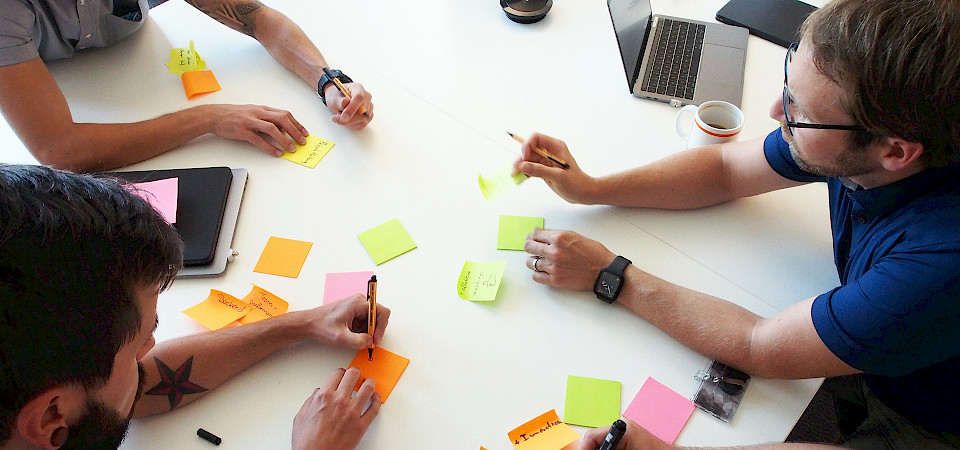
You want to know how advanced your company is in terms of agile work? Test your level of agility with our jambit quantified agile test!
Let's be honest: How agile is your company? Is the respective product owner really empowered to make real decisions? Have you defined a clear product goal for the project or product, which all stakeholders know and equally recognize? Do the stakeholders seriously see added value in agile collaboration with the implemented teams? Or do you just want to be part of the movement around the buzzword?
Every company encounters its own individual challenges on the way to agile work. And often it is only necessary or possible to start exactly where you are at the moment. These are not exceptional situations: Deal with the conditions that set the framework. Adapt, learn, and make the most effective of it. Evolution instead of revolution describes it best.
jambit develops tailor-made solutions together with the customer that exactly fit the respective company, work, and project situation – especially when canned solutions do not meet the requirements. Experienced agile coaches support with their knowledge and can draw on collective know-how within jambit. Beyond that, jambit has over ten years of experience in agile work.
The use of Scrum Masters, agile work, and development in an agile context lie close to jambit's heart. For several years, we have been taking a step-by-step approach to this, including introducing agile patterns and principles of sociocracy 3.0 at jambit itself. Why? Because we firmly believe that this is how we live and grow to be a more effective self-organization. A "growth" mindset is a general principle at jambit. We believe that change is necessary and possible. Those who have already worked with jambit know that we go through life with an attitude that conveys our jambit spirit.
You have questions about agile work or want to know how to improve the agility of your company?
Let's talk about agility comfortably over a cup of coffee.
In our experience, highly effective and satisfied teams are created when the clear distinction between customer and contractor becomes blurred and both sides engage in a trusting way of working based on feedback and exchange. 100% customer enthusiasm is our benchmark.

